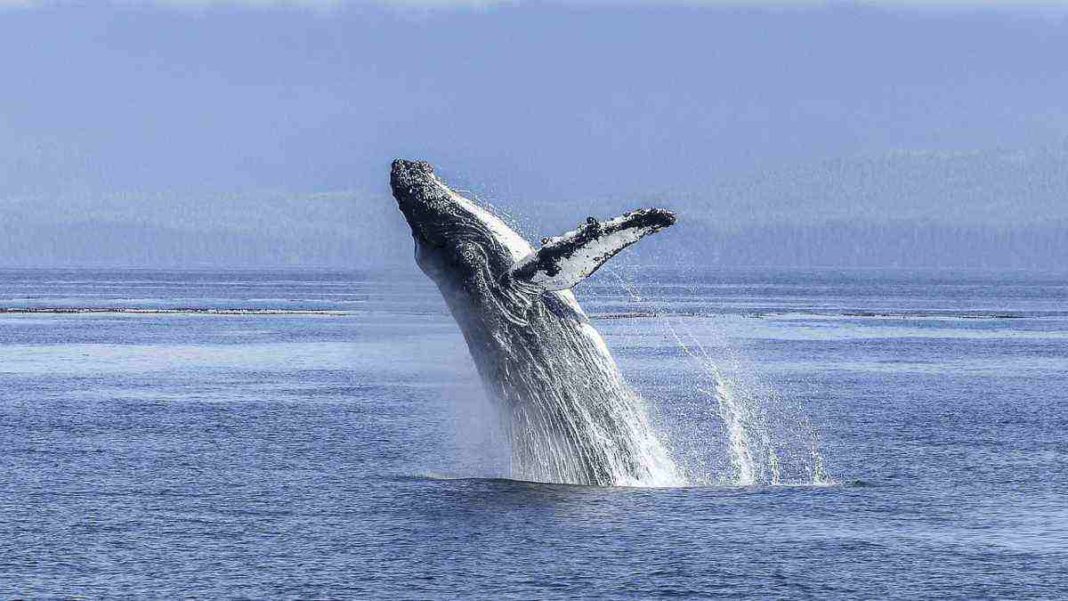PERU: In a fresh discovery, scientists in Peru have unearthed the fossil of an ancient whale, Perucetus colossus, that may have just dethroned the long-reigning blue whale as the largest animal to have ever lived on Earth.
This colossal find has captivated the scientific community and offers new insights into the prehistoric world.
Dating back approximately 38-40 million years to the Eocene epoch, Perucetus colossus is truly a behemoth of the ancient seas.
Researchers estimate that this early whale measured around 66 feet (20 meters) in length and weighed an astonishing 340 metric tonnes.
This weight surpasses that of the blue whale, which has been considered the heaviest animal on record until now.
“The main feature of this animal is certainly the extreme weight, which suggests that evolution can generate organisms that have characteristics that go beyond our imagination,” stated Giovanni Bianucci, the lead author of the research from the University of Pisa in Italy.
The findings, published in the prestigious journal Nature, shed light on the incredible diversity and size of ancient marine life. Perucetus colossus was found in the coastal desert of southern Peru, a region renowned for its abundance of whale fossils. So far, scientists have carefully excavated 13 vertebrae, four ribs, and one hip bone of this awe-inspiring creature.
The sheer size and robustness of the bones have left experts astonished. The estimated skeletal mass alone ranges from five to eight tonnes, at least double that of the largest-known blue whale. This exceptional discovery is a testament to the extraordinary nature of prehistoric creatures that once roamed the world’s oceans.
Despite the groundbreaking findings, mysteries still surround Perucetus colossus. Researchers are eagerly awaiting the discovery of its cranial or tooth remains, which could reveal critical insights into its diet and lifestyle.
Bianucci speculates that the creature may have been herbivorous like the sirenians, a unique trait among cetaceans. Alternatively, it might have been a predator, feeding on small mollusks and crustaceans in sandy bottoms, akin to the extant gray whale.
Another intriguing possibility is that Perucetus colossus acted as a scavenger, preying on vertebrate carcasses, similar to some large-body sharks.
This new revelation has sparked curiosity and excitement in the scientific community and beyond. The ancient whale’s immense size and the era it belonged to opens up a treasure trove of questions about the prehistoric world and the fascinating evolution of life on Earth.
Dr. Maria Fernandez, a renowned paleontologist not involved in the study, shared her enthusiasm: “Perucetus colossus provides an extraordinary opportunity to explore the ancient oceans and the secrets they hold. This discovery will undoubtedly lead to further revelations about the incredible creatures that once thrived in our planet’s ancient seas.”
Also Read: Exceptionally Preserved Turtle Fossil Unveils Ancient Coastal Habitat in Southern Germany



